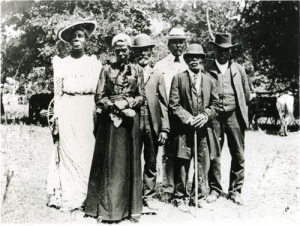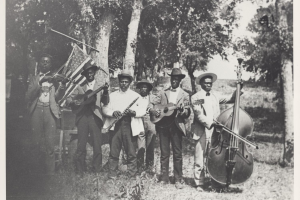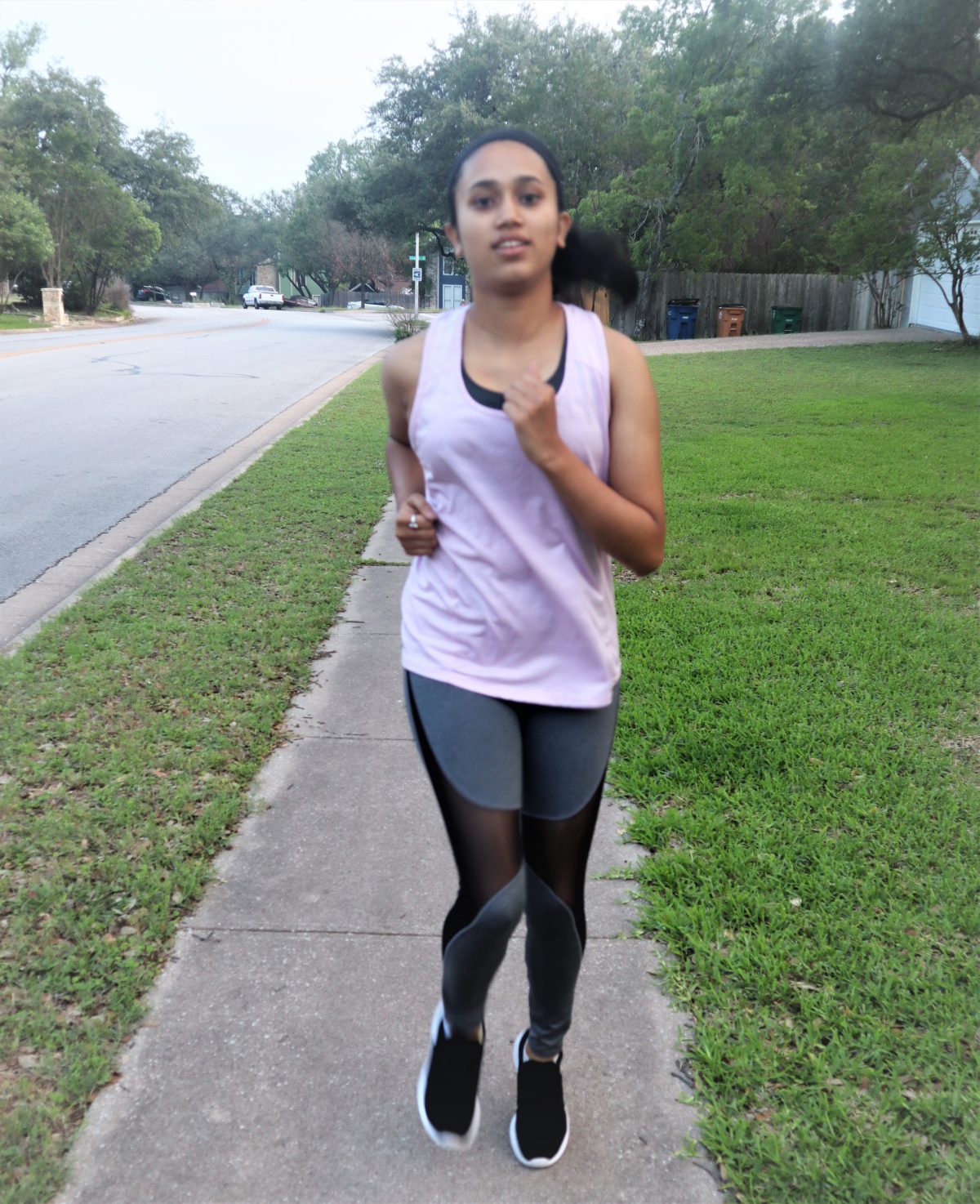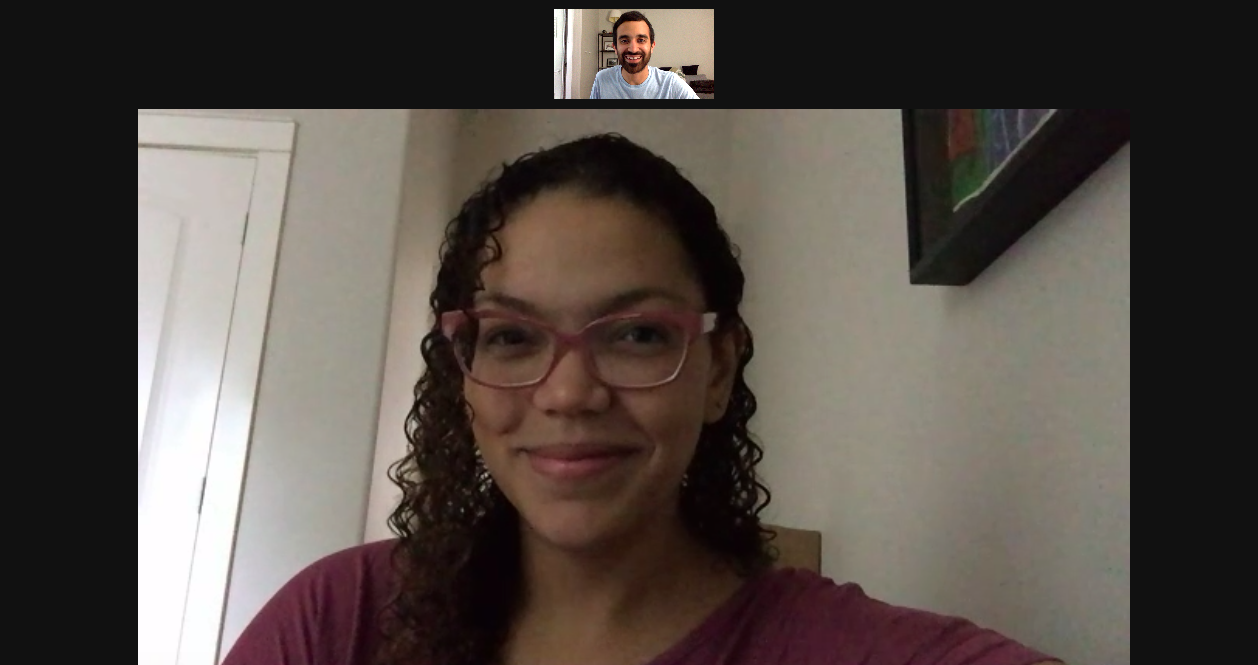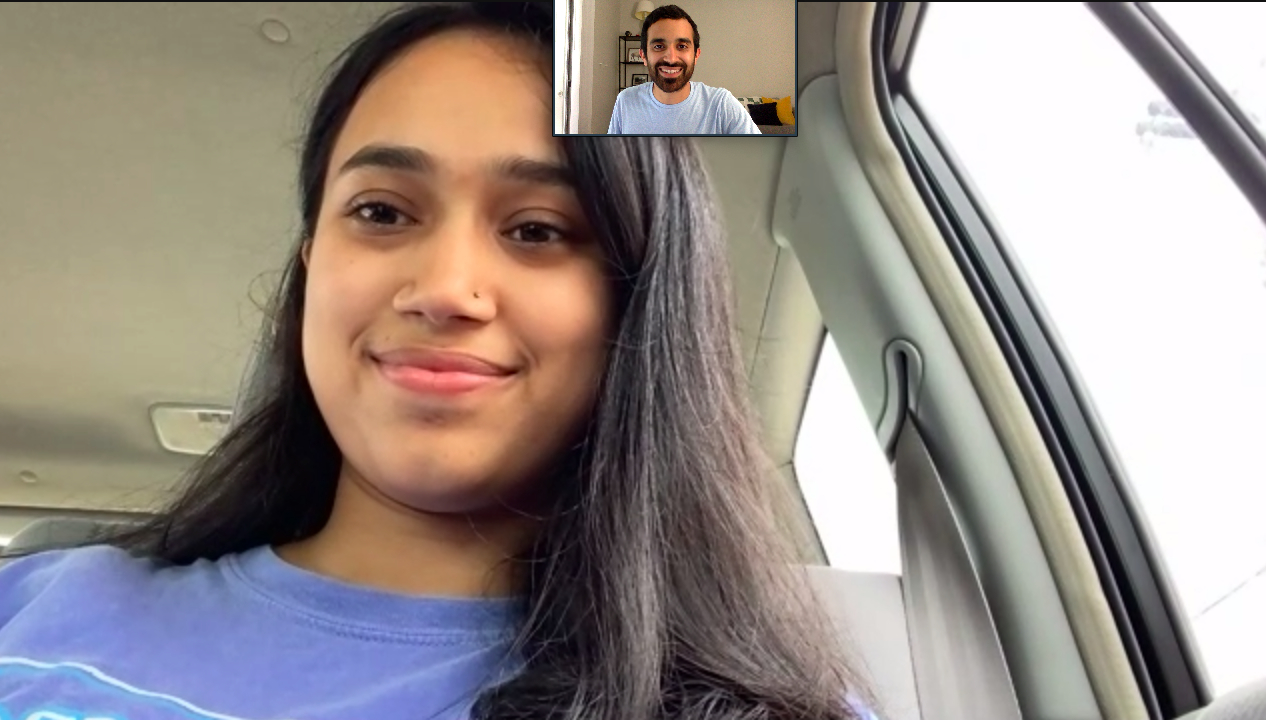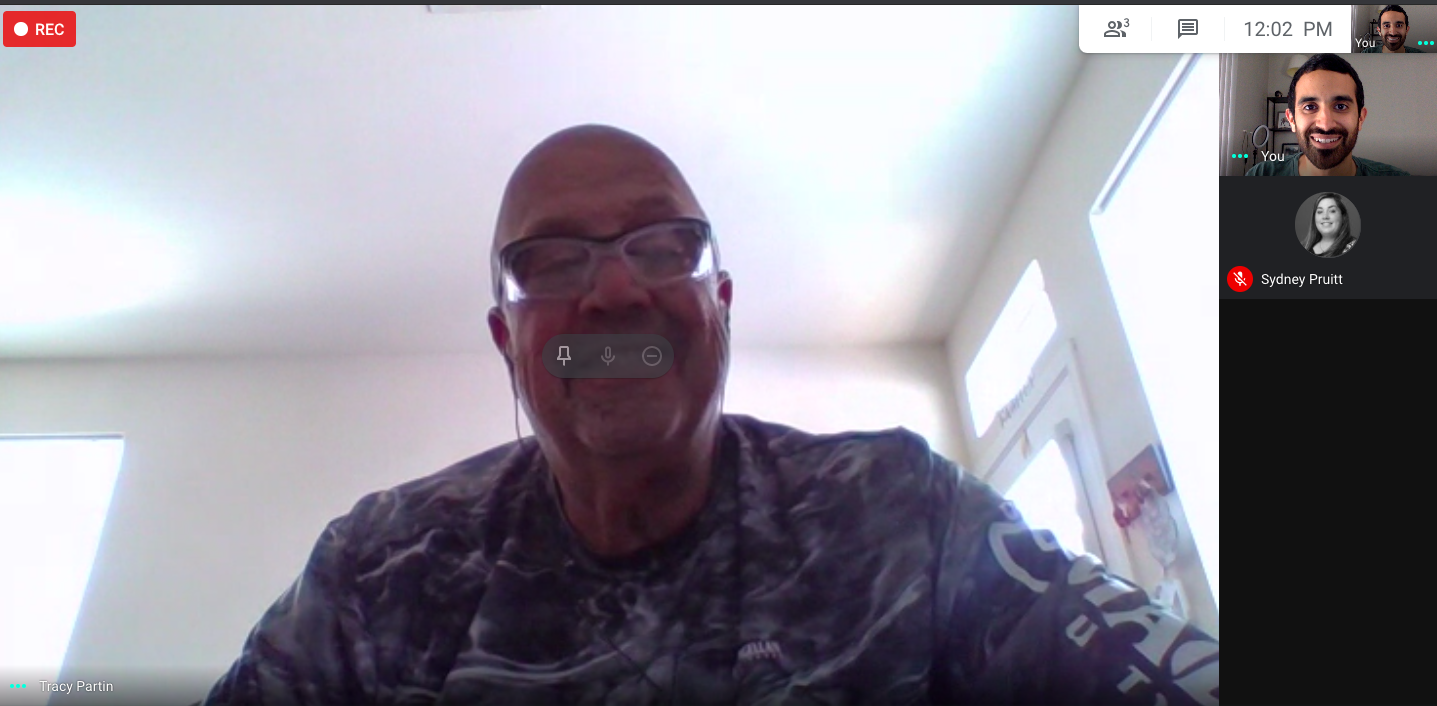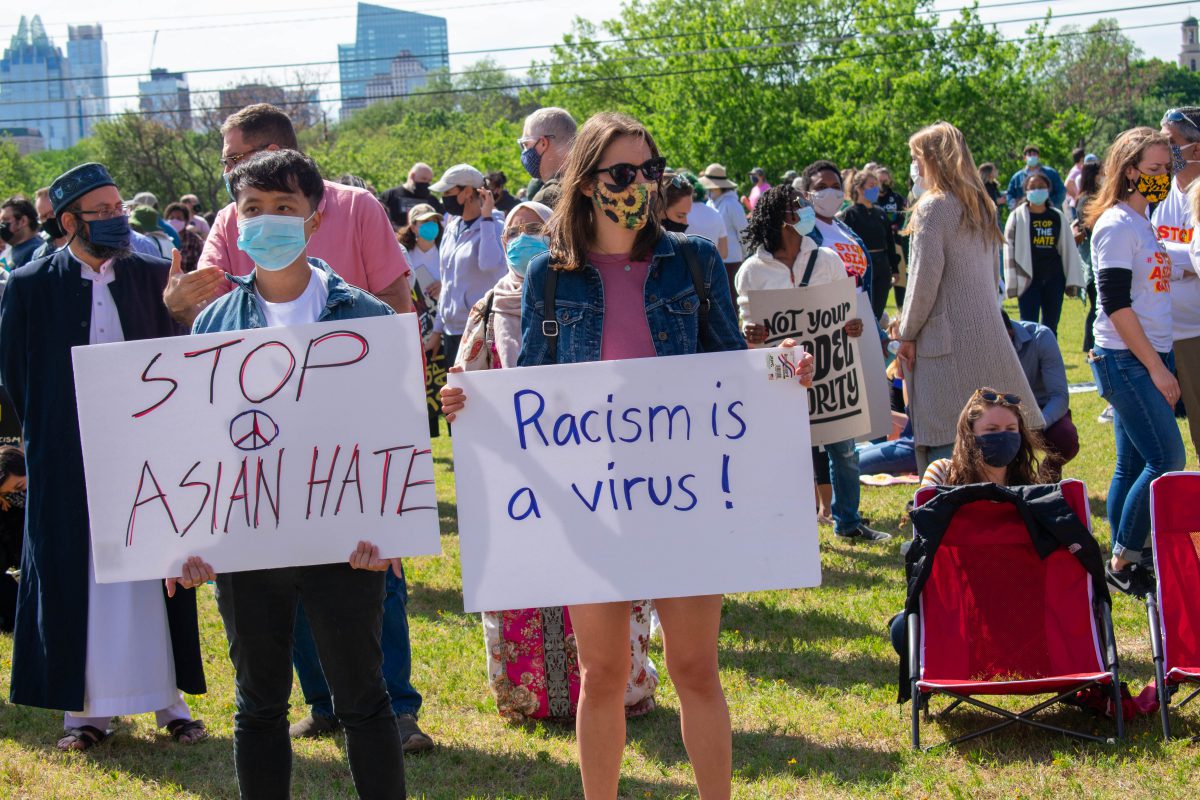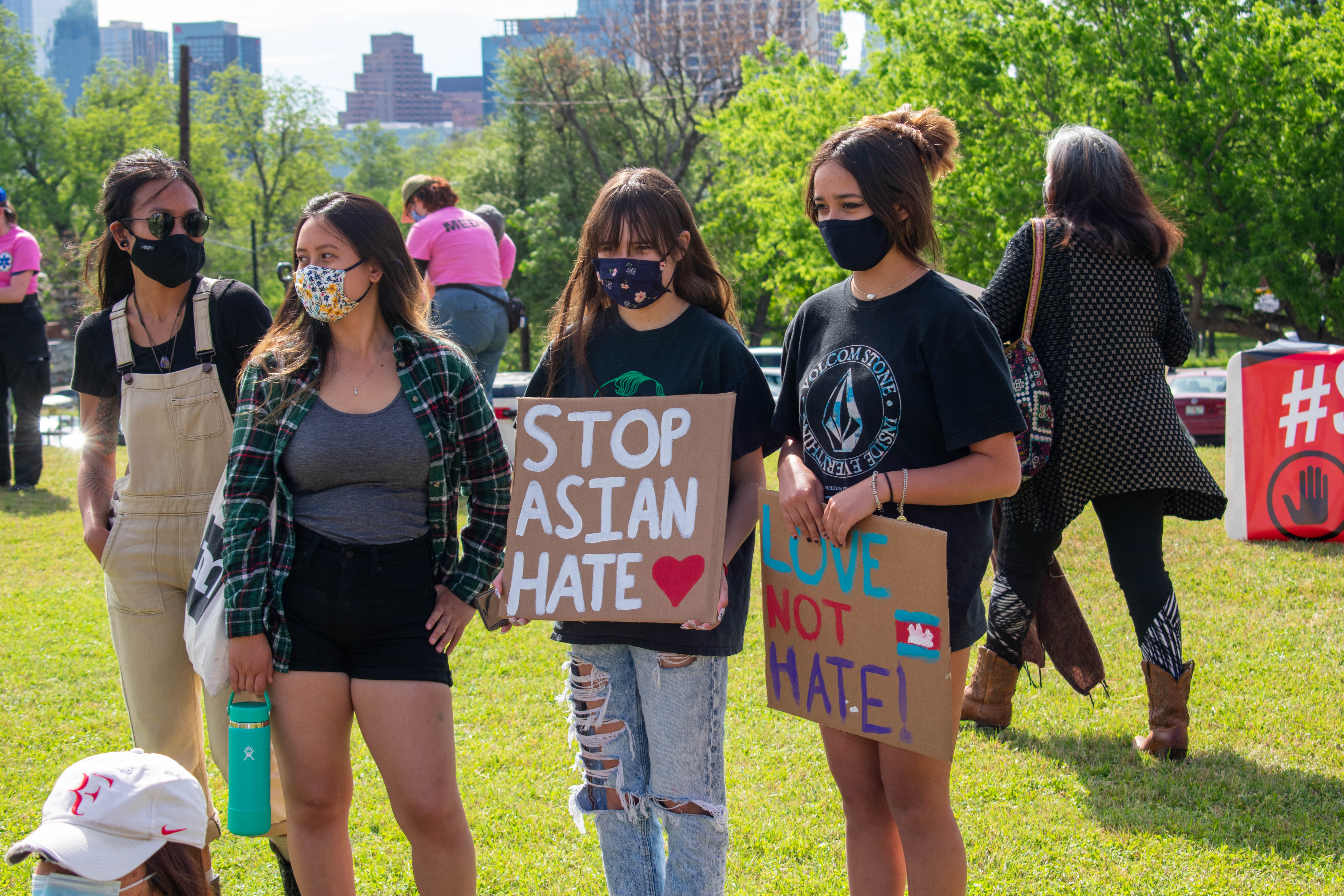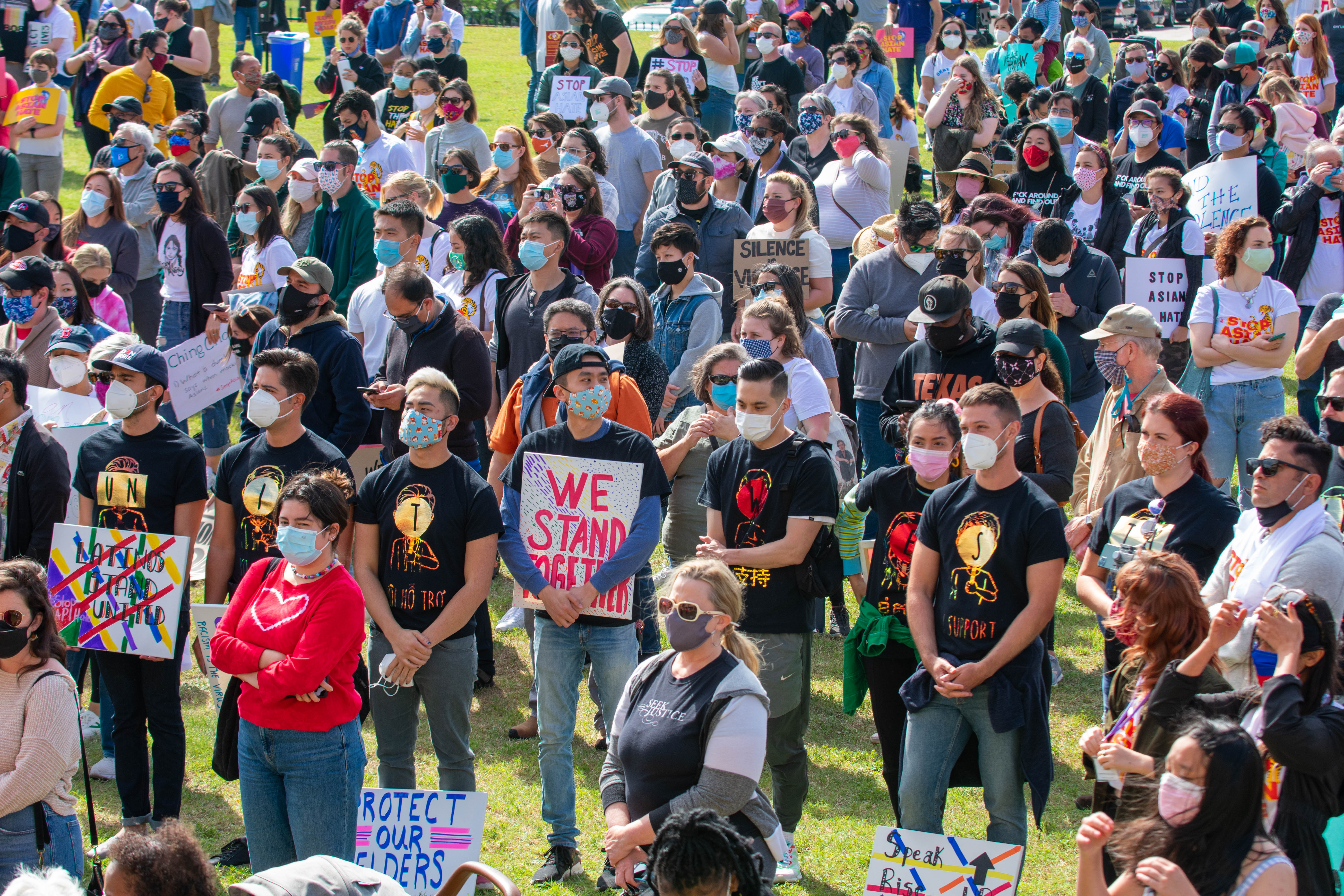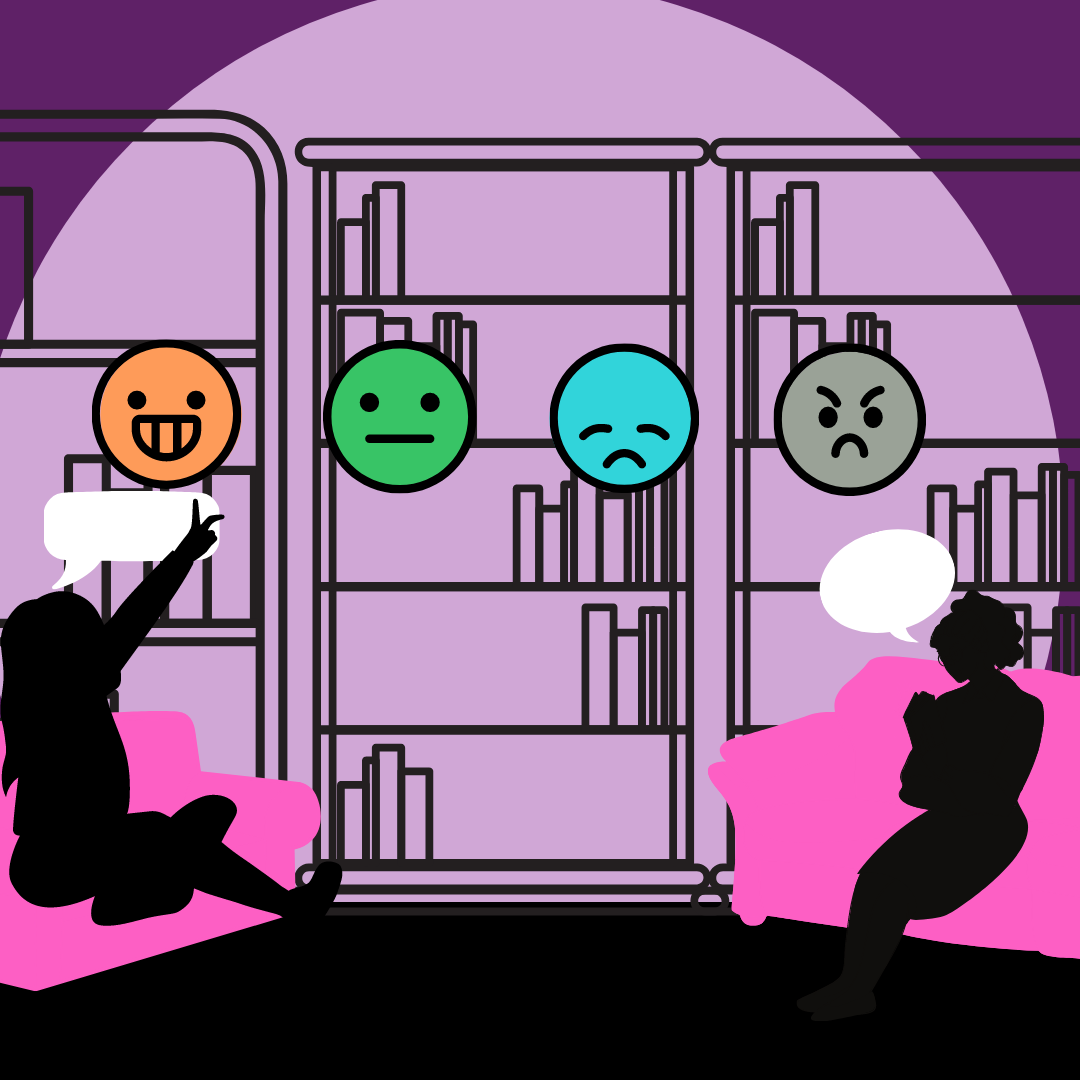By: Emily Pesina and Angela Murillo Martinez
Over the years, we’ve more than often heard the word, minority, be brought up in discussion. Whether it’s heard on the news, read in an article, or tossed around in an interview, the term is no stranger. Although a minority is usually perceived as going hand-in-hand with race and ethnicity in the United States, definitions differ between the way they are used by people. Denotatively speaking, minority means “the smaller part or number,”. According to Merriam Webster minority in social terms is defined as “a part of a population differing from others in some characteristics and often subjected to differential treatment,”.
According to the Austin Community College Fact Book, minority students make up over half the percentage of total students who were enrolled in the spring 2020 semester. ACCENT spoke with a few students to get their story of their journey.
Nikko Vafaee, transferred riverbat with a keen eye for photography, current track in pre-law, and a snapshot in her mind of creating an impact, expressed feeling the minority when she joined an organization after transferring into college.
“I joined this organization and I [felt] like “dang I do feel like the minority”… I [was] the only white/Persian here.”
During her earlier years in public school, diversity was the norm as cliques and clubs were integrated, however changes came with college.
“It was strange because I’ve never been in that situation… where it’s not diverse,” said Vafaee.
The same contradictory knowledge between your comfort-zone and the real world was noted by Diana Gorostieta, a first generation student and ACC alumni. Gorostieta recognized her minority position upon entering college, describing it as “the whole pot”, which opposed her high school experience of previously making up the Latino majority. As a DACA student pursuing education with limited resources, Gorostieta tackled challenges through finding guidance and support through ACC’s Ascender program, which opened up doors for her.
“Stay active within the community. That way you’ll build connections, friendships, and that leads to other comfort zones..it’s a home away from home,” said Gorostieta.
With an overworked automotive tool in one hand, and a pencil for schoolwork in the other, Armando Sanchez is an individual paving his future as the next generation’s leader.
“The moment I realized when I really was a minority was when I was thirteen, and my grandparents were [filing paperwork] for me to be on DACA,” said Sanchez.
Upon the process of filing fingerprints, portraits, and sealing the contract with a signature, Sanchez understood the purpose of this years later when his ability to work, drive, and study in the United States was protected by a 6’ x 4’ identification card. Sanchez expressed how his future relies on the decisions of the supreme court in terms of possibly overturning DACA was further realization of the minority. However, through an internship, a never-before-seen snapshot formed in his mind as he found himself working alongside government representatives.
“Two years ago I thought I’d just be working on cars. Now I want to make a difference, create an impact…[and] we were doing something, showing those who see us as not doing anything important later in life… anything you do, we can do too,” said Sanchez.
With an associates degree under his belt and a current pursuit in a duo major/minor, Sanchez shares how he feels that he can relate to the apprehensive feelings new or incoming riverbats may have.
“When I first came to ACC, I felt like a nobody. [Everyone] seemed so educated, well-informed, and that made me feel like a nobody… for that reason, I understand their level. Students come across to me as if they’re afraid to speak up, or to do anything because no matter what they do, it won’t matter. If you feel like that, that’s okay. Learn to oppress that feeling… don’t be afraid of who you want to be,” said Sanchez.
Sanchez stresses the importance to remember who you are. His optimism, eagerness, and overcome-challenges continue to be recognized by all that he meets.
For Maudriel Goodlet, a liberal arts student, the word minority means “a group of people who don’t have the same privileges than the more powerful group in America.”
“America is supposed to be for everyone that lives [here], and some people don’t have access to those privileges,” said Goodlet.
Her realization of being a minority started in kindergarten, where white children made up the majority of her peers. Goodlet noted that she didn’t look like everybody else, and while she initially didn’t care, others started to realize and comment on her exterior differences.
Growing up in Minnesota, Goodlet recalls experiencing weird situations from getting stared at in public to being asked unusual questions such as, “Do you have a lot of money?”, or constantly hearing comments such as, “your dad is black.” A certain situation at the store still lingers in her mind, when a lady purposely pushed her basket away from Goodlet, where the woman had left her purse.
“She was going to go into the bathroom, and I was going to go to the bathroom too, so I wasn’t worried about the purse she was leaving in the basket,” said Goodlet
Being able to move to Austin and receive higher education allowed Goodlet to learn not only about herself, but about the community around her.
“They wanted to teach people in public school, where the government has a heavy hand in their education that everybody has a place here. Not true…It really matters what you look like,” said Goodlet.
Although she feels ACC is inclusive, Goodlet would like to see more diverse professors.
“I really liked having a black teacher for my English class. That was really cool. She talked a lot about racial issues and tensions, and she was inclusive with everyone in the class,” said Goodlet.
ACCENT thanks the students that participated in sharing their voices, and the students that will lead the next generation as future leaders.
For this and more stories like this






